
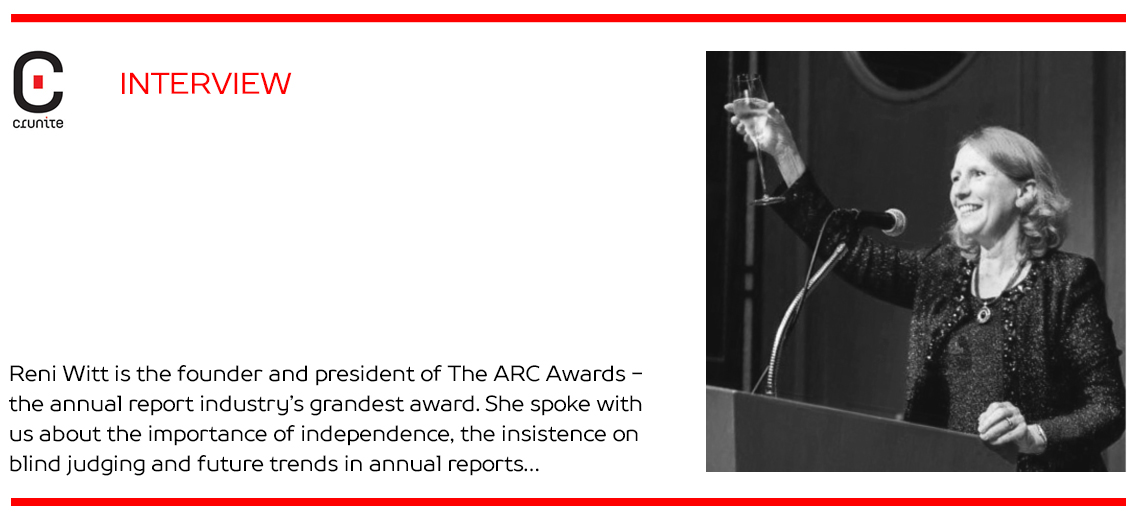
The talent in the annual report industry is awesome – and mostly invisible. The ARC Awards were started to shine a light on the amazing creativity, intelligence, and hard work of the professionals involved. Our vision from the beginning was for an international competition. Thirty-two years later, the ARC Awards is the largest, oldest, and most respected annual report competition, with companies submitting, over the years, from over 70 countries.
 A spectacular ARC Awards Gala event
A spectacular ARC Awards Gala eventCompetition always improves efforts. The ARC Awards brought annual reports to the attention of peers in the field – through the study of the books during the judging rounds, as well as the exhibitions held annually in New York City as well as in Austria, Germany and Switzerland, China, Hong Kong, Japan and Singapore. They have provided an exceptional overview of the industry’s output. The international differences leave an inspiring impression.
To win in the ARC Awards, the annual report must be visually intriguing and well-produced, but must also provide excellent in-depth content.
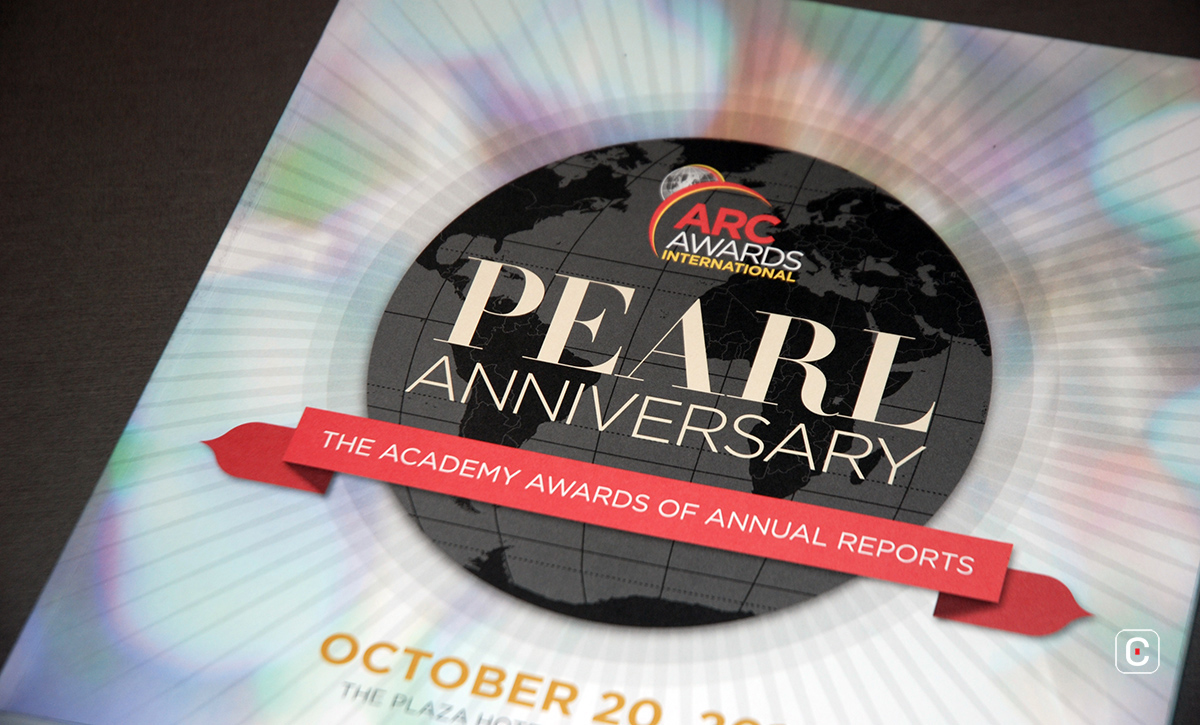 ARC Pearl Anniversary Annual
ARC Pearl Anniversary Annual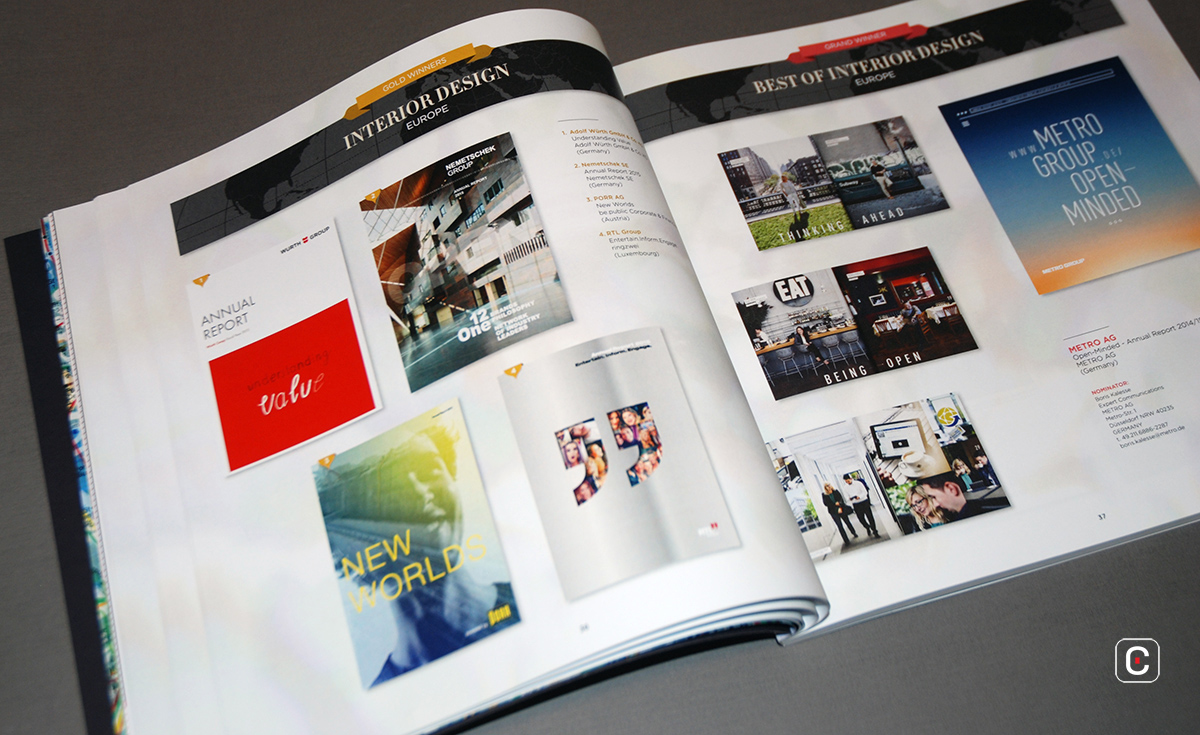
About 30% of submissions come from the Americas, with another 30% from Europe. But the most entries come from Hong Kong, China and South East Asia. These countries are incredibly competitive! In recent years, there is a sizable increase in companies entering from the Middle East: Qatar, Saudi Arabia and the United Arab Emirates. Surprisingly, some of the emerging countries in the ARCs are Bangladesh, India, Russia, and Ukraine. Among the largest of these is Sri Lanka with 78 entries in 2017.
The ARC Awards maintains complete independence and impartiality. It is the one and only competition that operates with no advertising, no membership dues, and no outside sponsors. We are not affiliated with any association, magazine or trade organization. There is no agent that could sway the judging outcome. Judging is ‘blind’ in that the judges do not know which agency submitted the work. Further, each annual report is sent out to three randomly selected judging organizations, ensuring balance, diversity and fairness.
The event in Japan was a tremendous experience! Winners came from 15 countries! The excitement and spirit in the room energized the entire evening. There was such celebration and camaraderie. I am still walking on air with the vivid memories of the ARC’s first gala outside the USA. We are greatly anticipating
the next few years with shows around the world.
What is the purpose of the annual report? Obviously, to report the financial position of the company. But it is also to attract new investors and keep the existing ones. It’s a document that has evolved to report to the community, employees and media. It’s a marketing tool. To the degree that it communicates the company story well to the various audiences, it is an effective annual report.
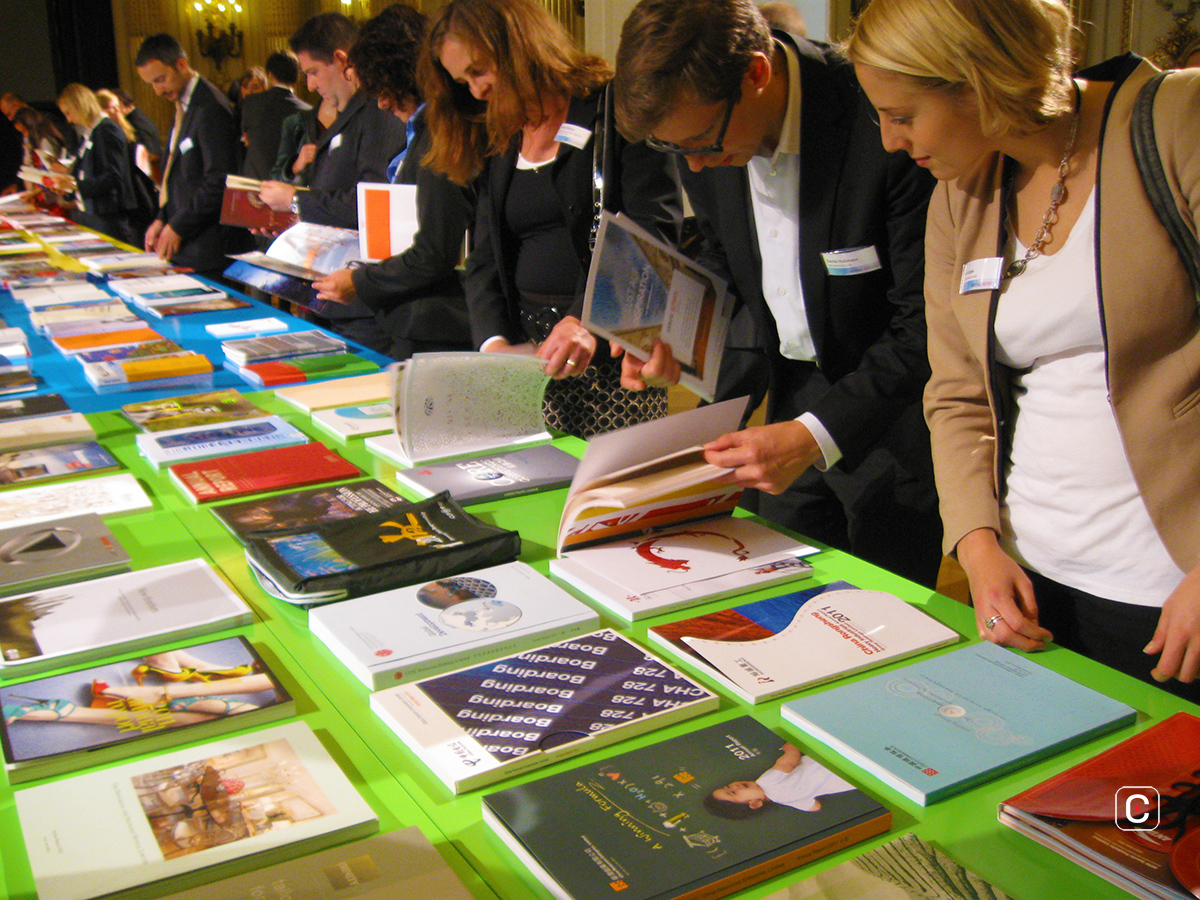 A previous ARC exhibition in Germany
A previous ARC exhibition in Germany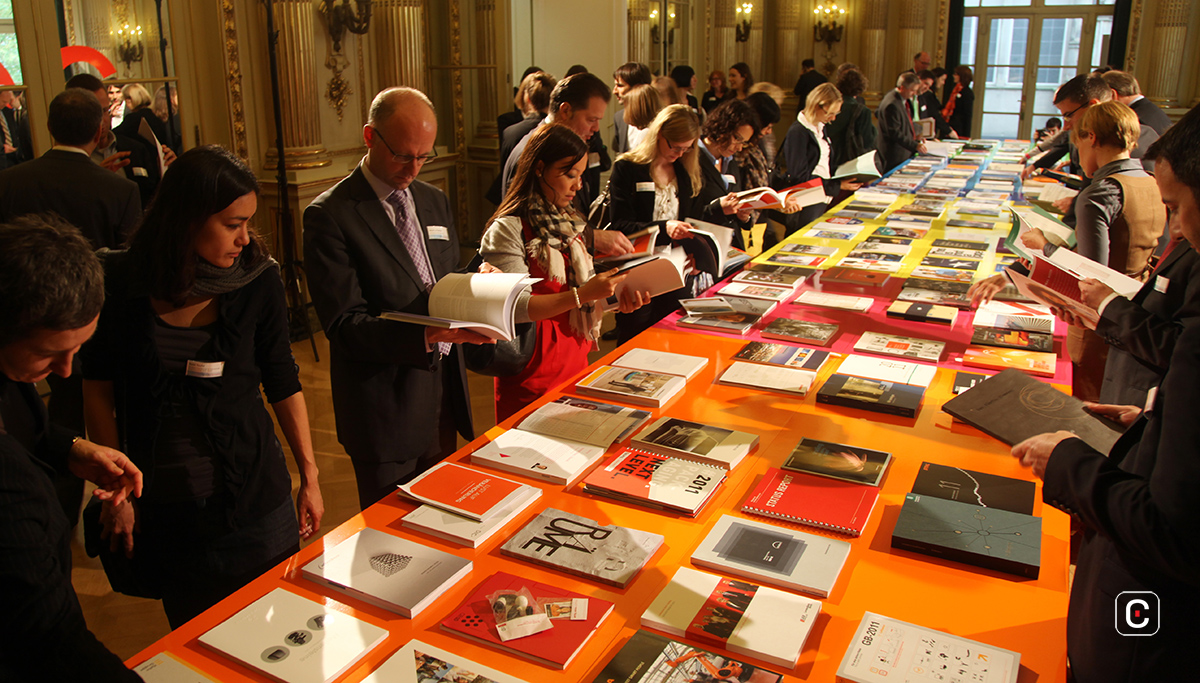
For over three decades, I have seen trends come and go. Just a few years ago, the annual report app was the talk of the industry. But that was a fad that faded fast. There are some trends though, which endure and change the horizon of the annual report:
More non-traditional annual reports – Companies are increasingly focused on standing out. New approaches work to attract the reader and draw him into the report. Less ‘corporate-ese’ and more emphasis on photography and infographics.
More online annual reports – Many more companies are submitting both printed books as well as their online versions. The biggest growth is in interactive annual reports, which are increasingly animated, entertaining and showing media sophistication.
More specialized annual reports – These include Company Profiles, CSR Reports, and Sustainability Reports. The biggest category is the Combined/Integrated Annual and Sustainability Reports. This trend seems to be increasing and looks like it’s here to stay.

